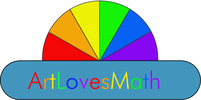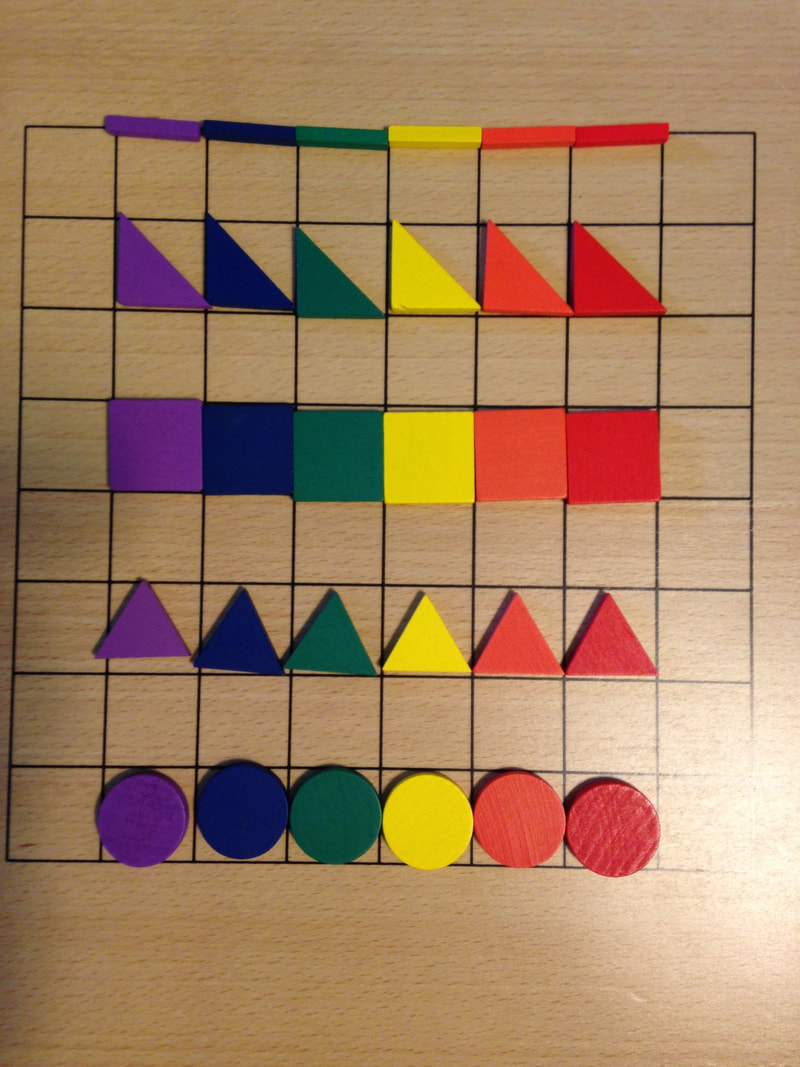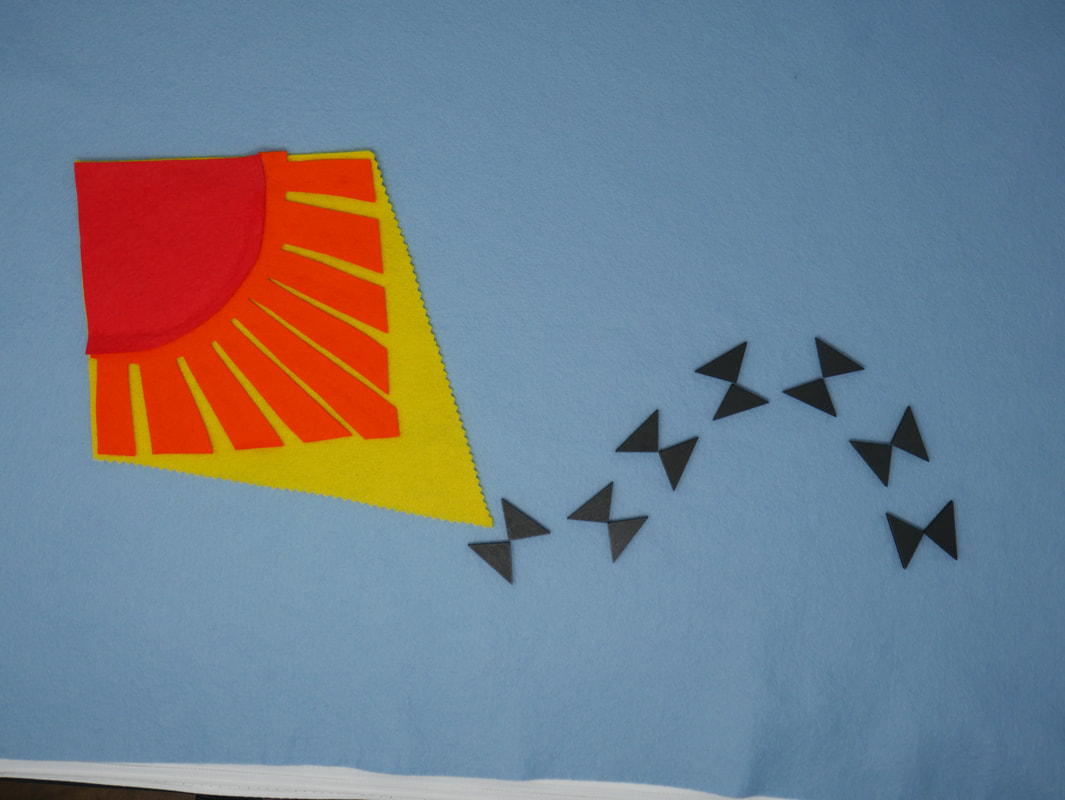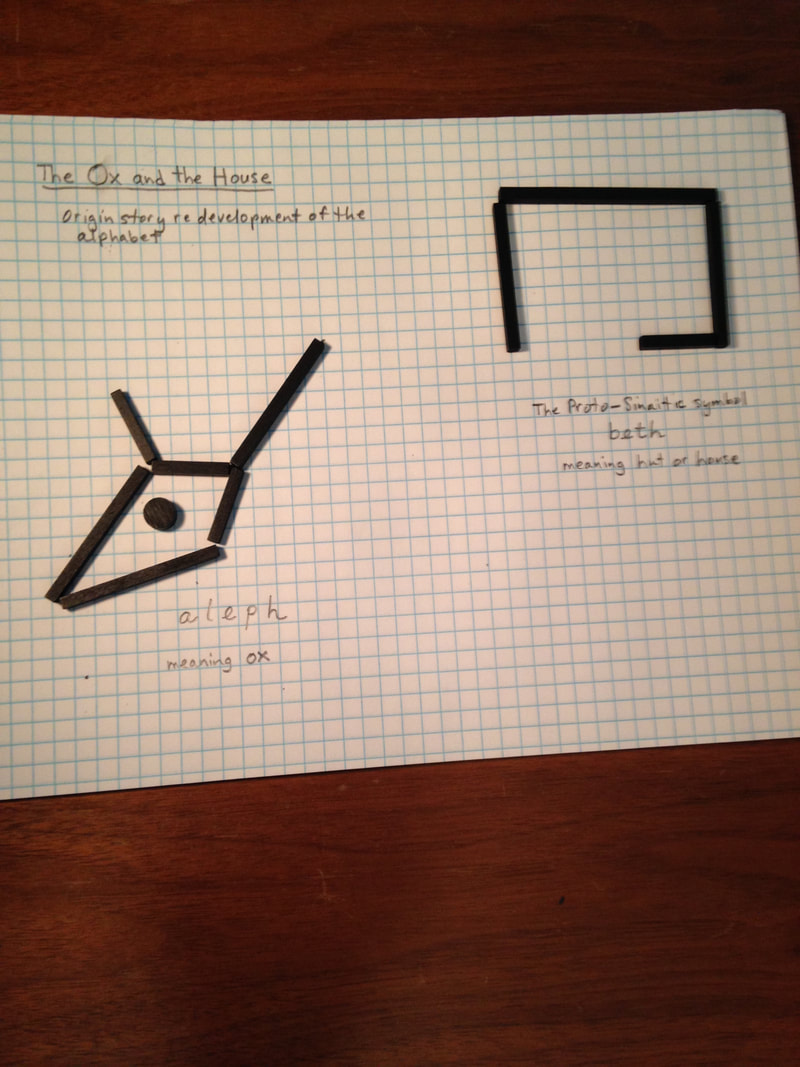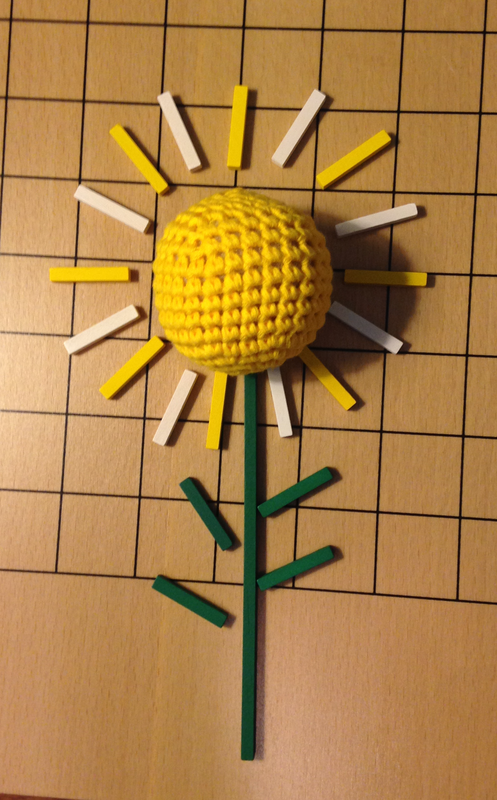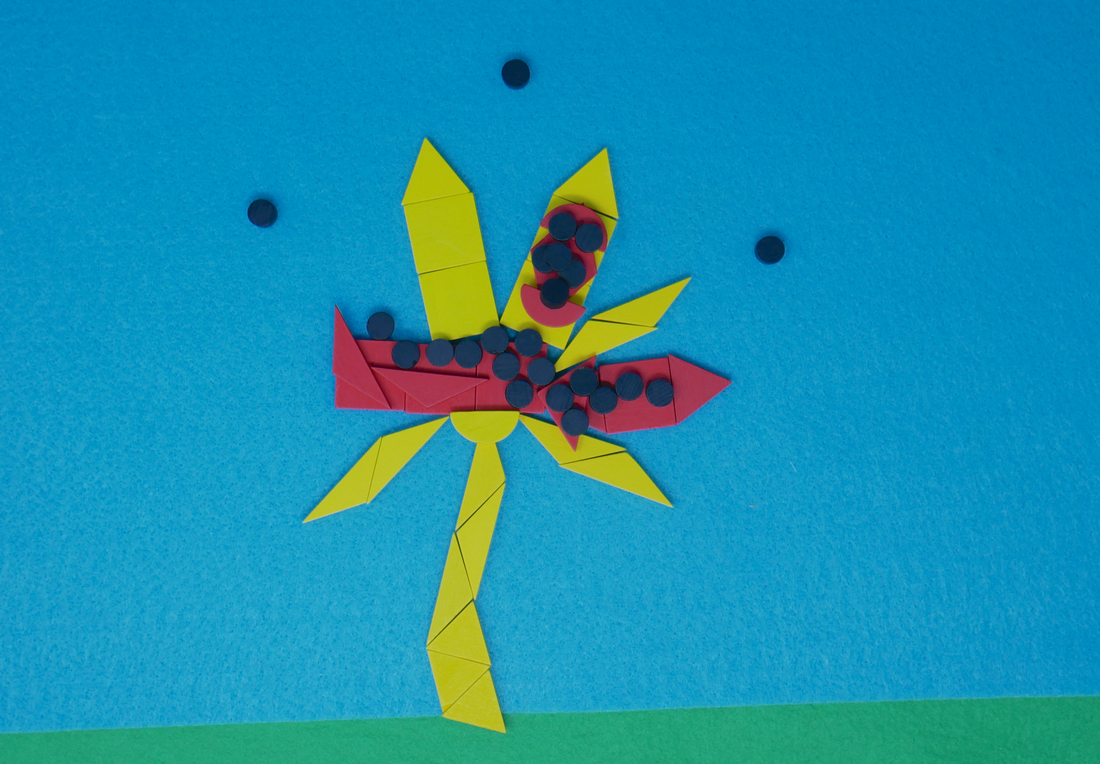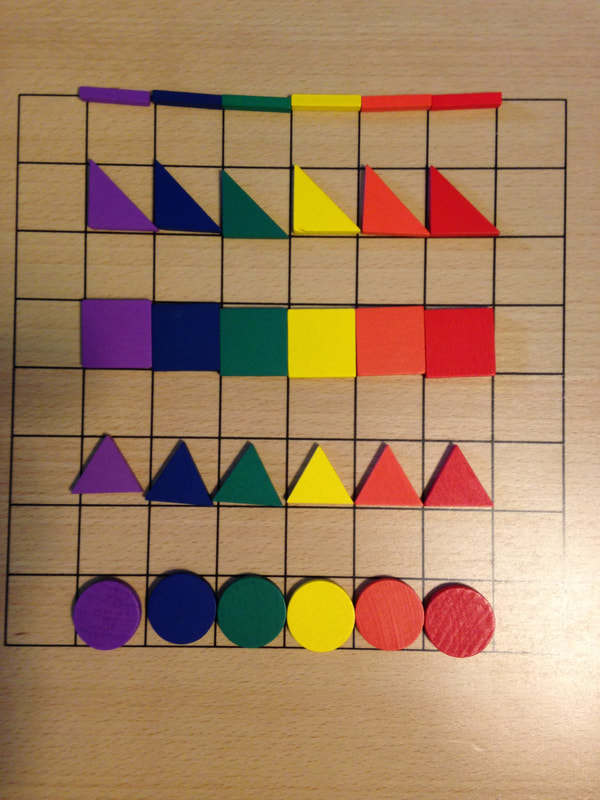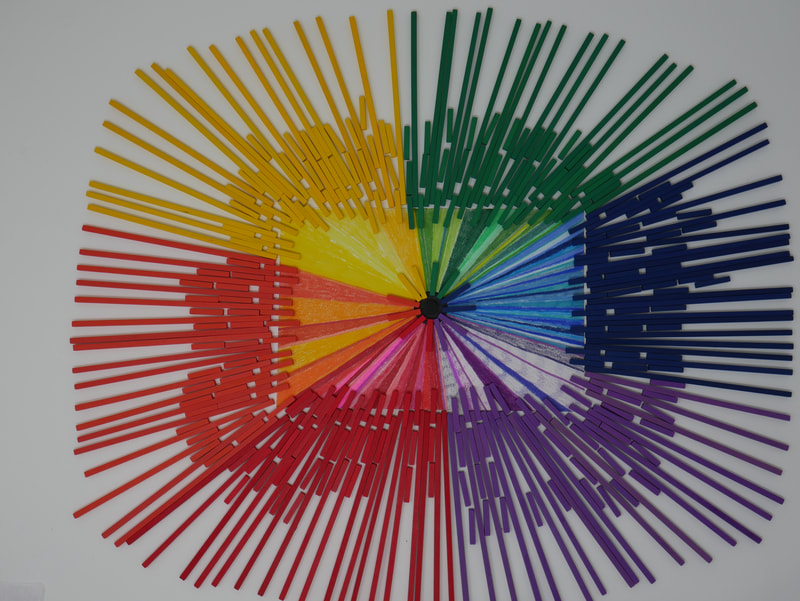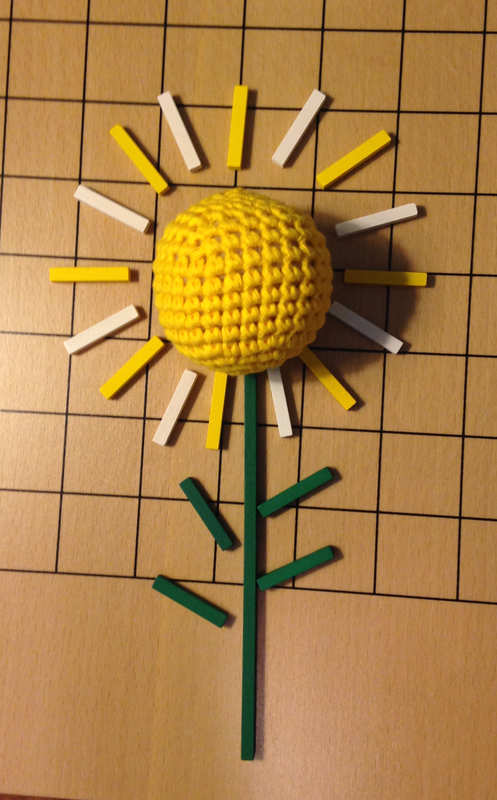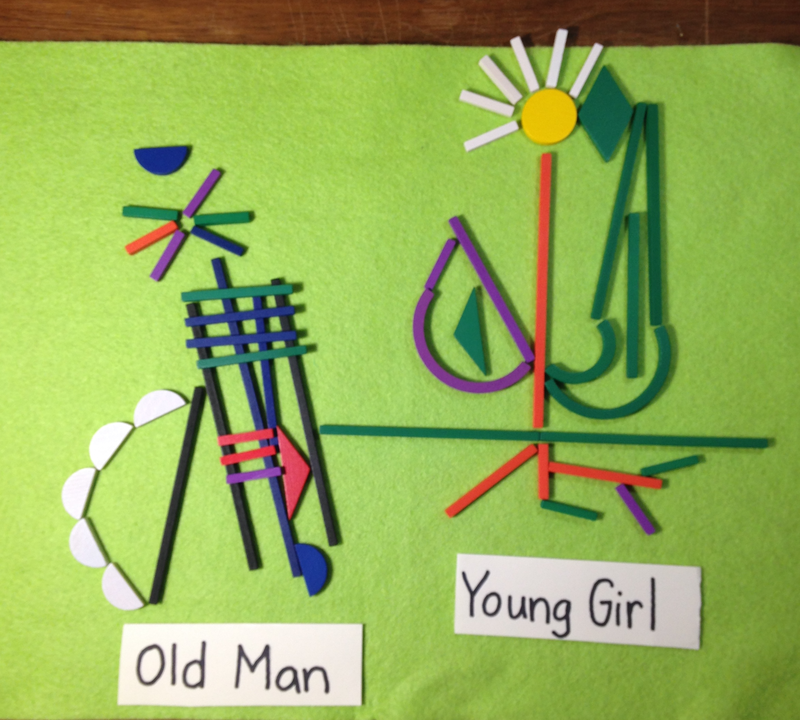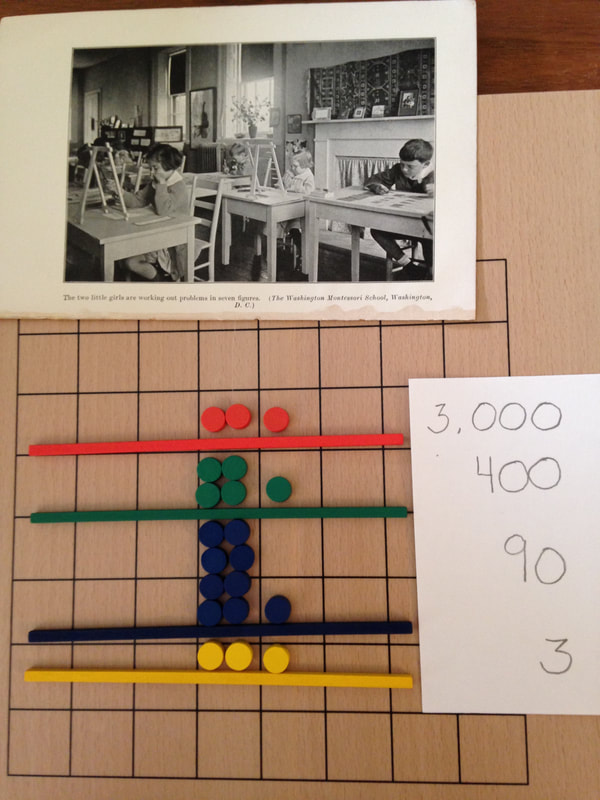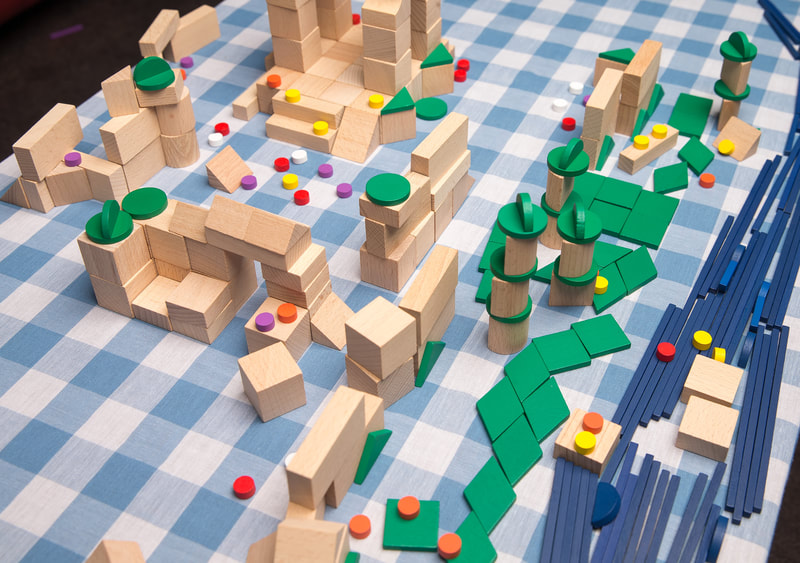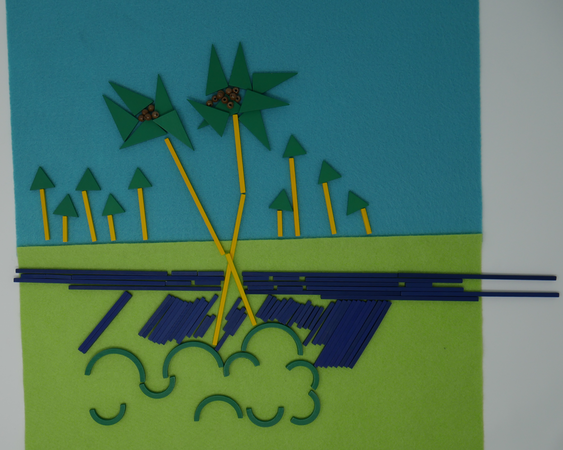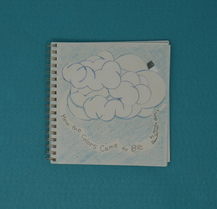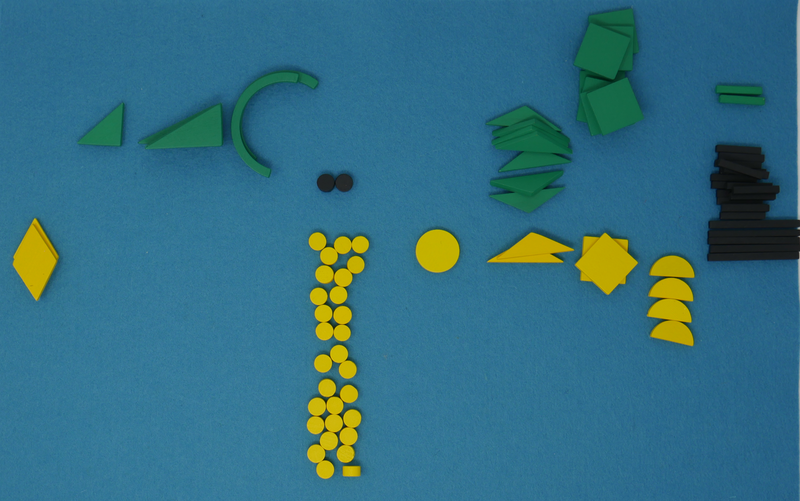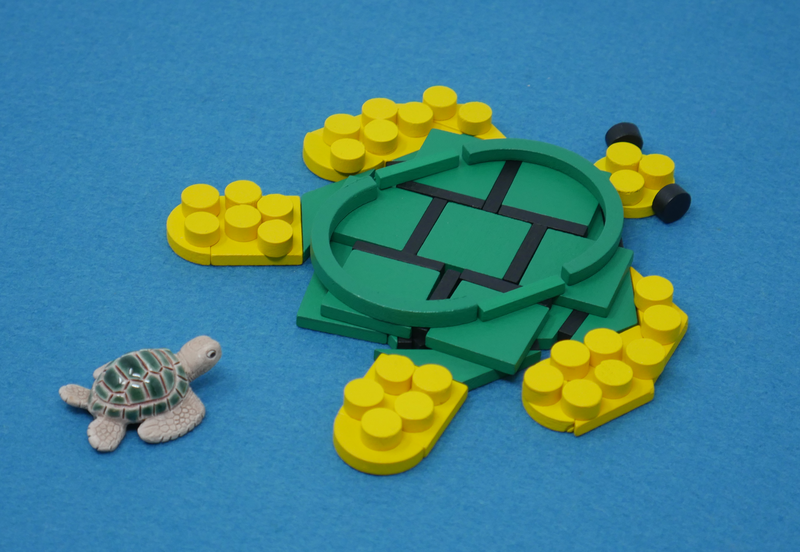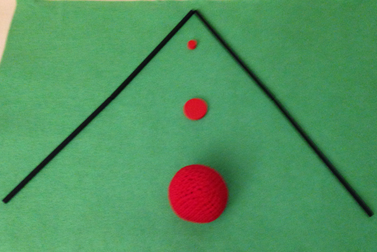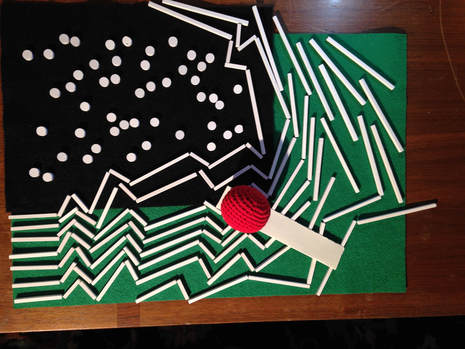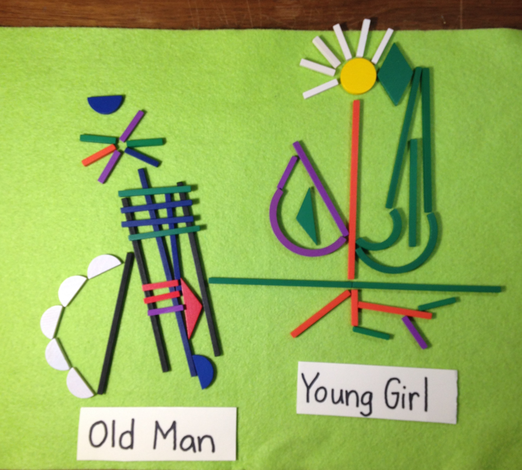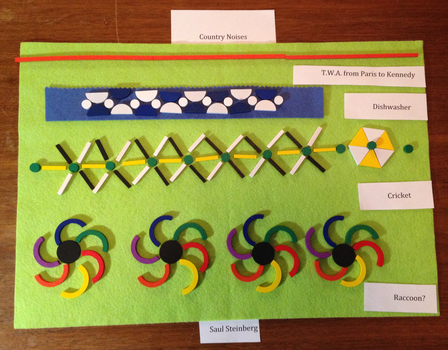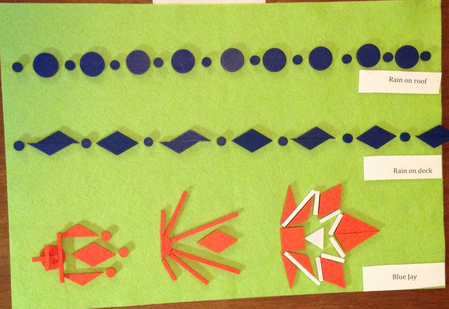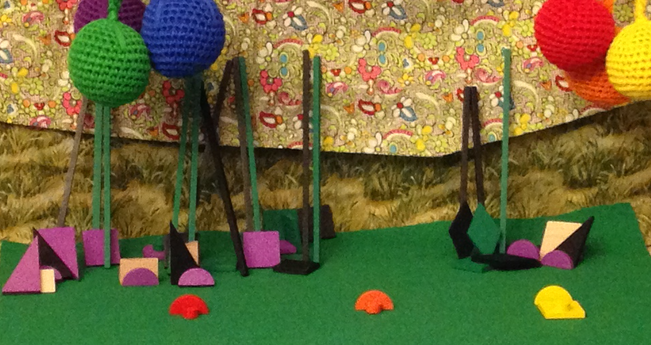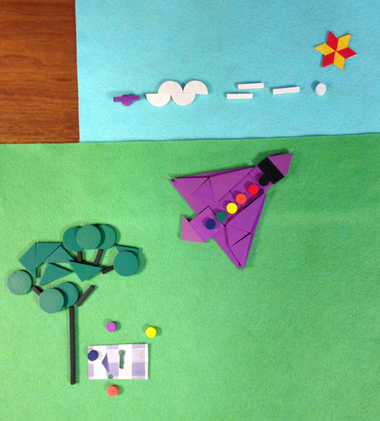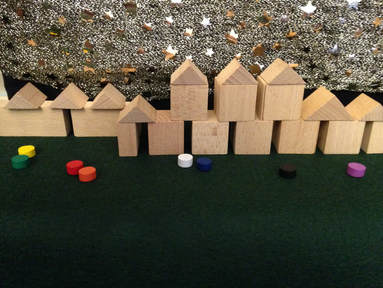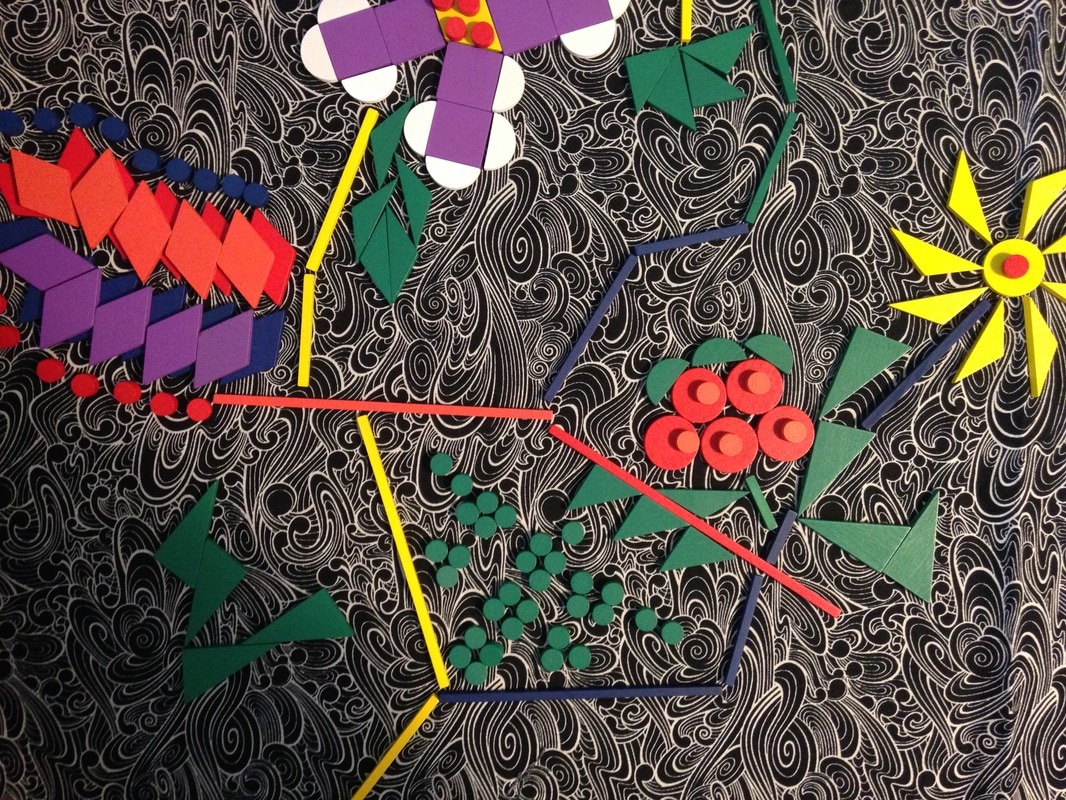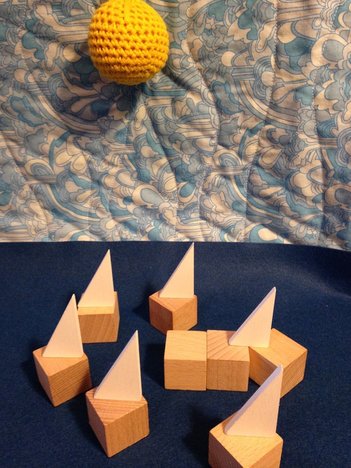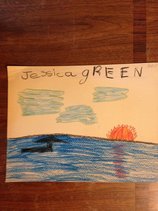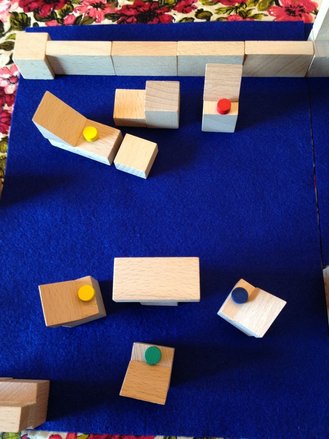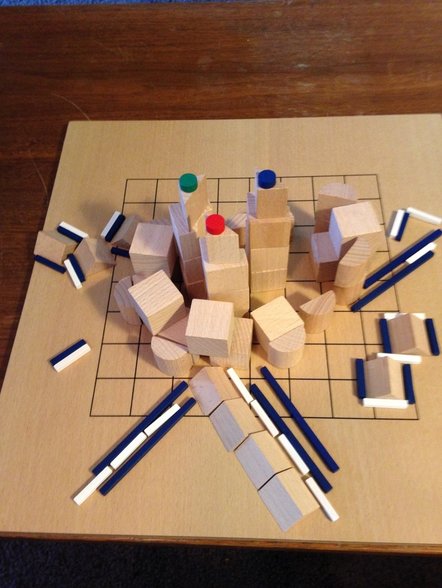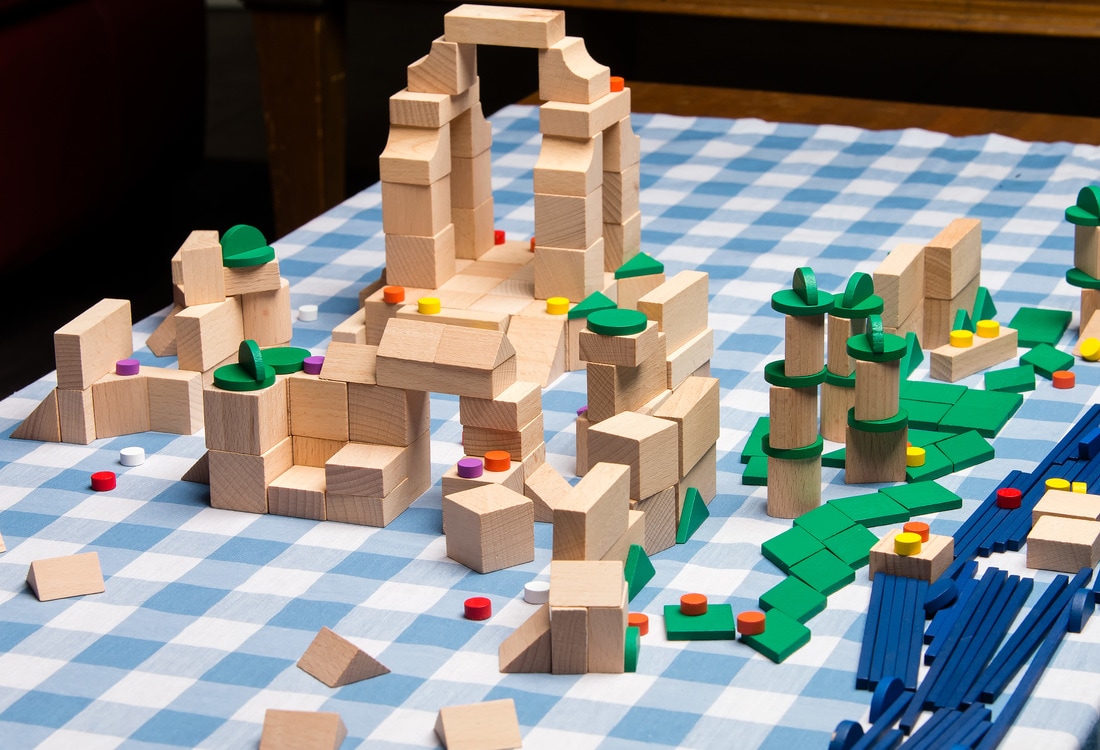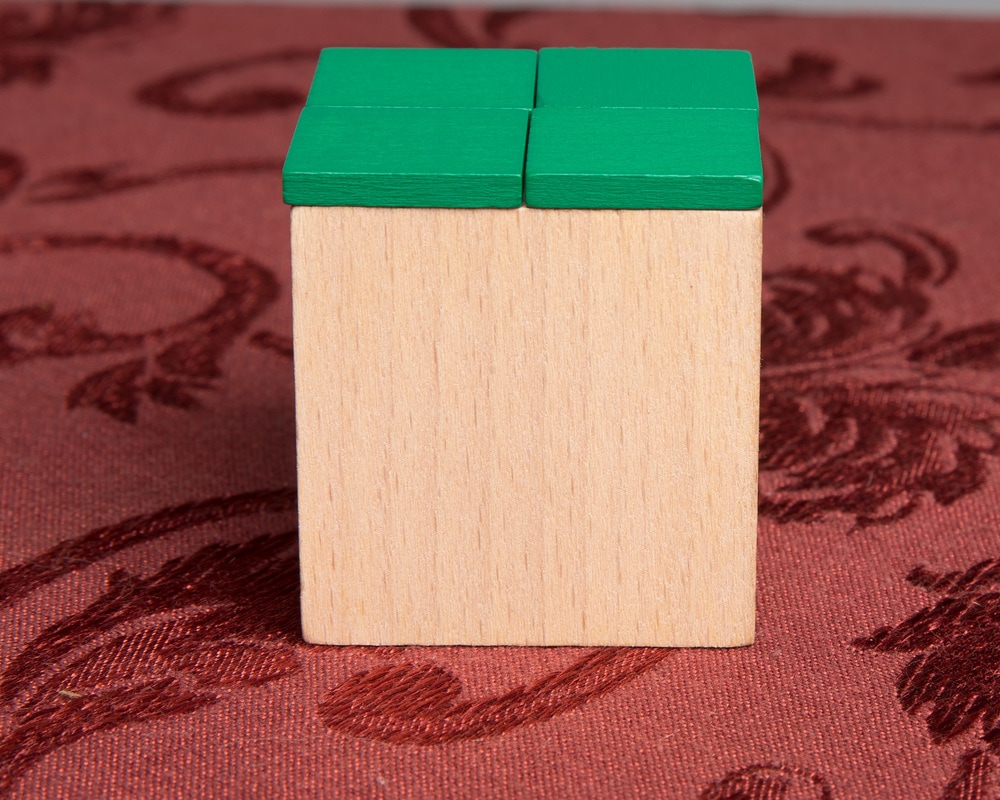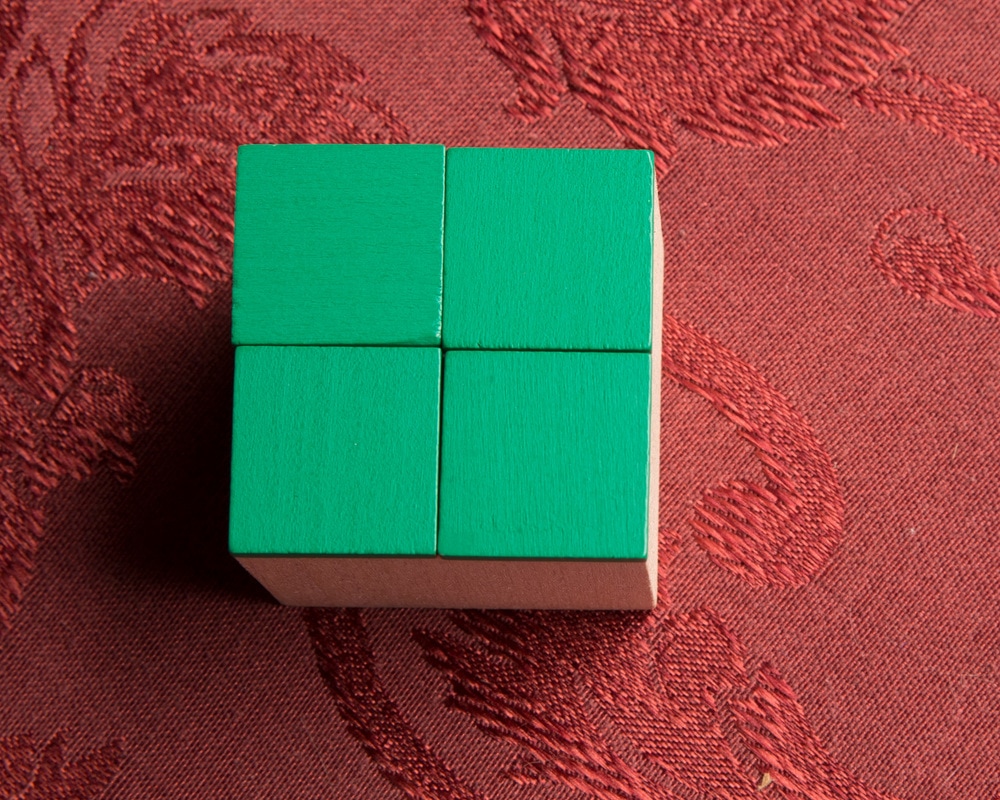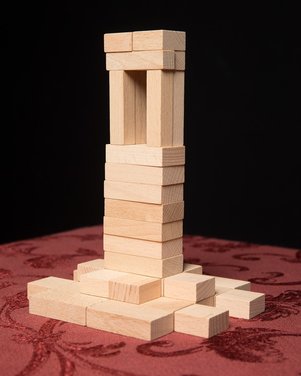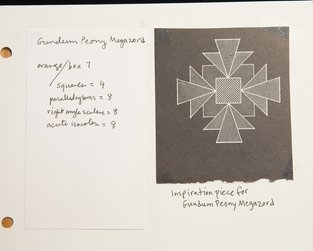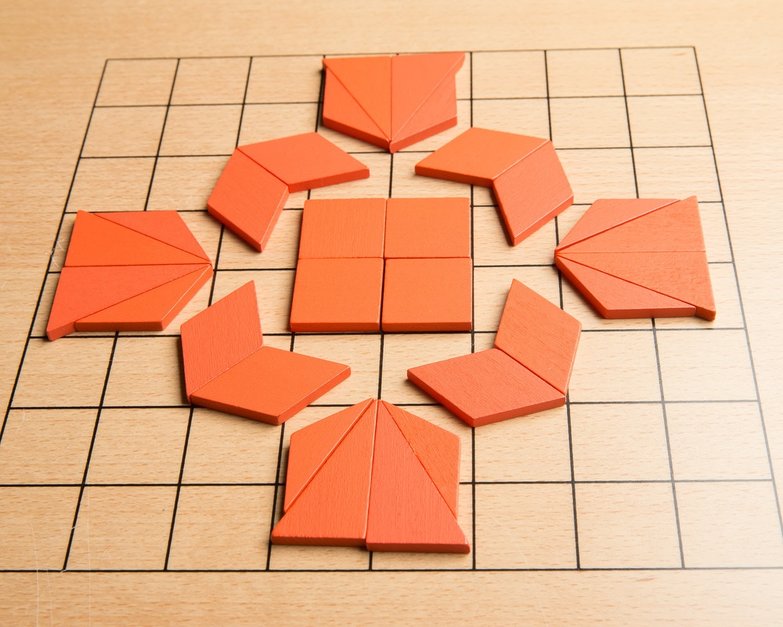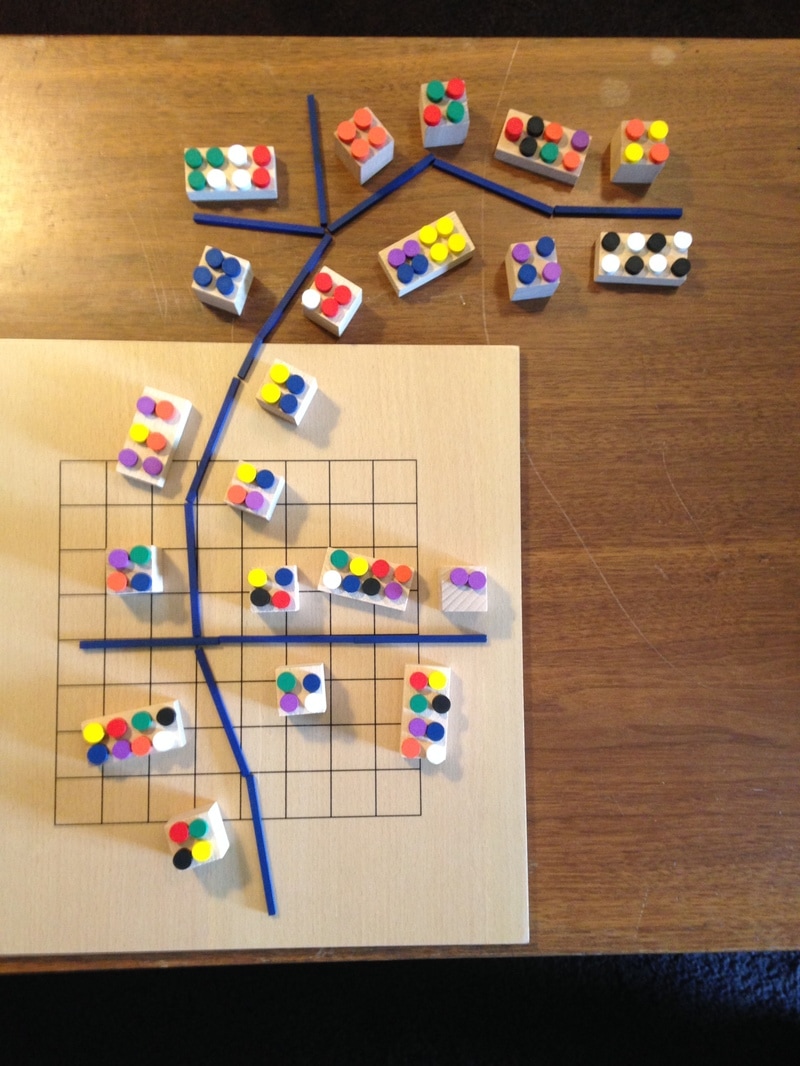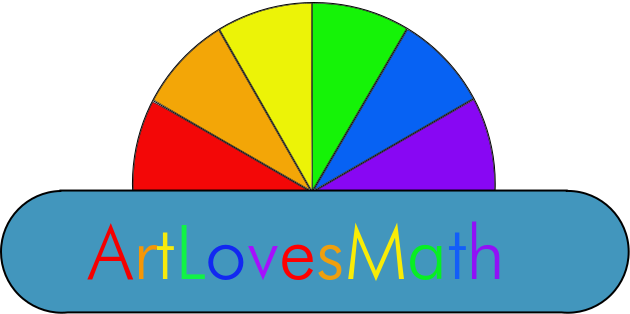Portfolio of Froebel Projects
Designed for childhood education
Links under construction, thanks for your patience
Here are six recent projects. To view a multi-grade curriculum guide, click above the photo.
Sorting & Matrixes
Coyote
|
Skip Count Kite100% of the black equilateral triangles contained in my box and available to use = 2 X ____= 14
Montessori Elementary stories
|
Self Portrait
Viola Seed Pod
Viola Seed Pod
Tally with focus on shape vocabulary: 24 black points 1 yellow 1/2 circle 2 red 1/2 circles 5 yellow equilateral triangles 2 red equilateral triangles 9 yellow obtuse triangles 2 red obtuse triangles 1 red right-angle isosceles triangle 4 yellow squares 4 red squares 1 red kite | ||||||
Christmas cards can be iMovies, too
Birthday card for Diana
I'm the proud mother of a Geometry Fable!
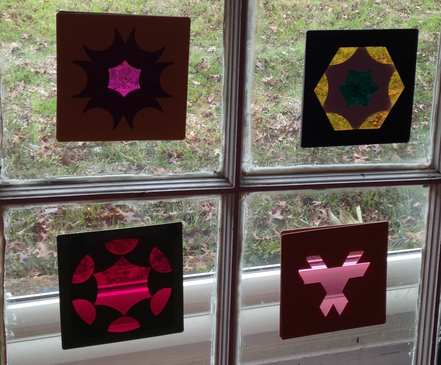
I've been enjoying the paper templates of Kaleidograph, thanks to Red Hen Toys, for a few months now, and got the rest of the sets for Christmas. Here they are with colored sheets of acetate in between the layers, to make instant 'stained glass'. I used plastitack to hold the templates together, and taped the acetate in place, because I want to disassemble them in a week or two.
If you want to make permanent paper ornaments, copy the template onto colored scrapbooking paper, and if you don't have acetate, colored tissue paper would also look pretty and let light through.
If you want to make permanent paper ornaments, copy the template onto colored scrapbooking paper, and if you don't have acetate, colored tissue paper would also look pretty and let light through.
The Dog & Mouse Story |
|
Students, have fun looking at this storyboard. You can improvise a story about what is happening. Take your time, and document as you go, in an age-appropriate way. Examples: recording first impressions, refining and writing dialogue, or reading it and recording again.
|
|
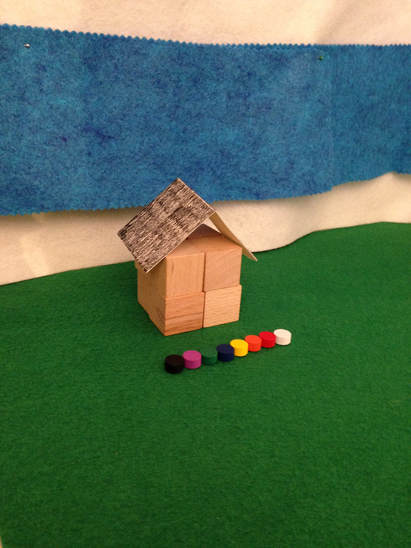
This is an illustration of the poem 'Sky', by Maggie Smith. Read it here: http://plumepoetry.com/2017/07/sky/.
I've just finished reading The Kindergarten Guide, Volume 2, Occupations, which is why I have added a folded paper roof to the Box 3 house.
In this poem, Smith describes the sky to her child, "as you move through it, you make a tunnel in the precise size and shape of your body".
I've just finished reading The Kindergarten Guide, Volume 2, Occupations, which is why I have added a folded paper roof to the Box 3 house.
In this poem, Smith describes the sky to her child, "as you move through it, you make a tunnel in the precise size and shape of your body".
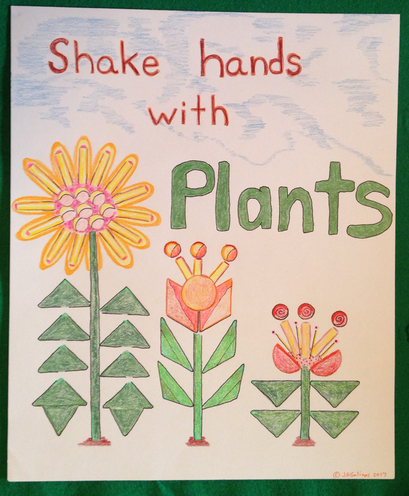
Here's a poster, drawn with colored pencils and a fine-tip sharpie. I built it first with blocks, then traced them onto the page. I had some trepidation about adding lines within the shapes of the blocks, but of course that is perfectly acceptable!
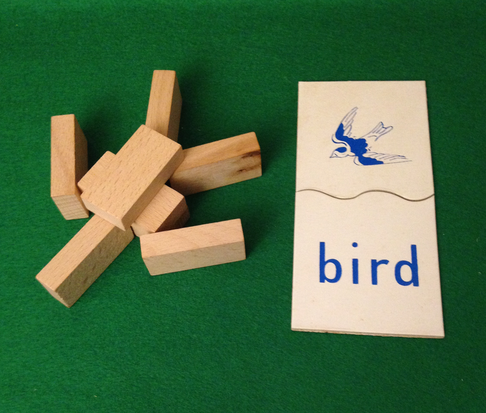
Here's a simple build, using the picture as inspiration. With a child, I'd hide the puzzle's bird picture, have them read the word, then build. Valuable to build without the adult drawing, too.
With several students, each could have their own Box 4, read the word silently, then build, then say the word together...
With several vocabulary cards, each student could make their own build, then teacher could introduce the Connecting Story.
How to do a Connecting Story: make up a story that uses each person's creation, and when they hear their own mentioned, they raise their hand, until everyone is included. Teacher do the first one, then have students take turns.
To make an iMovie of the story, take a photo of each construction, record the story, put them together easy-peasy in iMovie!
With several students, each could have their own Box 4, read the word silently, then build, then say the word together...
With several vocabulary cards, each student could make their own build, then teacher could introduce the Connecting Story.
How to do a Connecting Story: make up a story that uses each person's creation, and when they hear their own mentioned, they raise their hand, until everyone is included. Teacher do the first one, then have students take turns.
To make an iMovie of the story, take a photo of each construction, record the story, put them together easy-peasy in iMovie!
Version of an art piece
I used a Leonardo Da Vinci as the inspiration, and just a detail from it. This would be challenging enough for an upper elementary student. I'm planning to try a free-hand drawing based on the construction.
